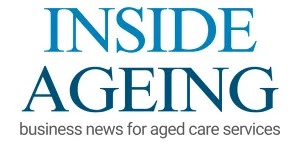The aged care sector must urgently become more financially investable to address critical challenges including workforce shortages, declining margins, and a looming shortage of residential aged care beds, according to the latest StewartBrown Aged Care Financial Performance Survey.
The March 2025 report highlights the need for significant capital investment to support new residential builds and refurbishments, with average financial returns still well below sustainable levels.
“Unless these issues are addressed, providers will be unable to meet the needs of a growing older population”.
StewartBrown
“To secure the sector’s future, it must be viable, sustainable, and investable,” the report states. StewartBrown defines “investability” as the financial attractiveness of providers to secure capital for expansion and improvement. The firm advocates for a minimum EBITDA of $20,000–$22,000 per residential bed (currently just $8,067) and a 9.5% return on Support at Home revenue (currently 3.8%).
While the new Support at Home program and funding reforms commencing 1 November 2025 offer a foundation for improvement, StewartBrown says further reform is needed, particularly to accommodation supplements and everyday living funding.
Despite a rise in direct care funding (AN-ACC margin now $18.46 per bed day), deficits in everyday living ($6.60 pbd) and accommodation services ($10.95 pbd) continue to drag down overall performance. Home care returns also declined to $3.13 per client day.
Upcoming changes, including capped care management fees and removal of package administration fees in home care, will further pressure providers unless pricing mechanisms are adjusted to reflect true service costs.
StewartBrown also calls for immediate review of the hotelling supplement and the Maximum Permissible Interest Rate (MPIR), which it says no longer reflects the real cost of capital or supports viable accommodation pricing.
Without decisive action, the sector’s ability to maintain operations, attract investment, and meet rising demand is at risk.










